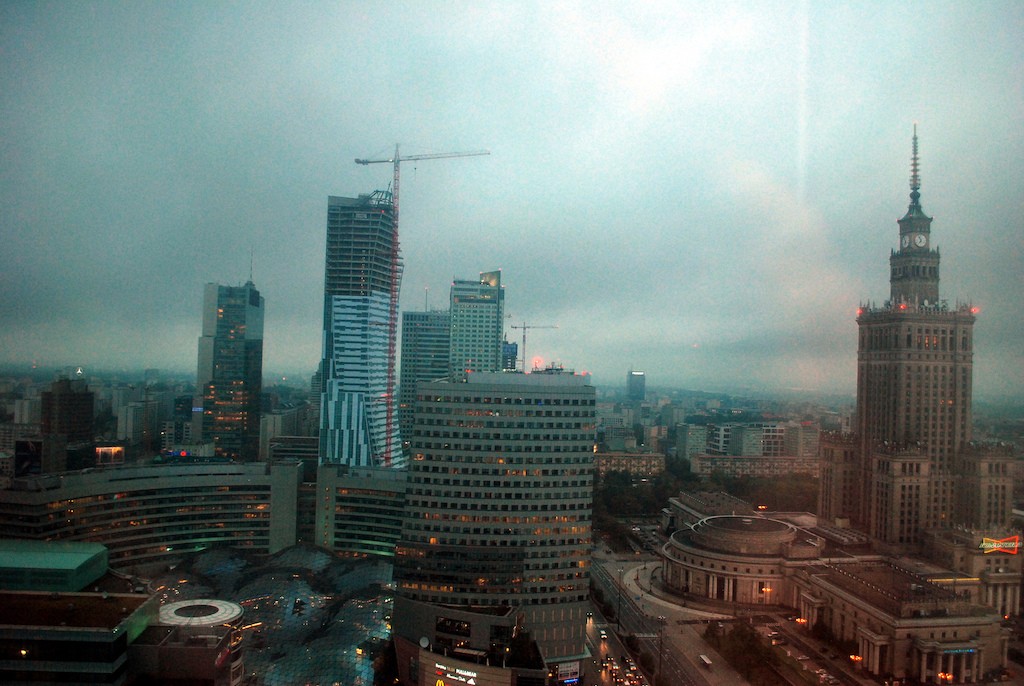Studying the options for geothermal district heating in Poland
As part of a project on geothermal energy as a basis for low-emission heat generation, improvement of living conditions, and sustainable development, Icelandic engineering firm Verkís has worked on preliminary studies exploring the option of geothermal district heating in selected areas of Poland.
Having reported previously about the awakened interest and activities in geothermal district heating in Poland, Icelandic engineering firm Verkís recently shared some details on its work on this topic in the country.
The company has been working on preliminary studies exploring the option of geothermal district heating in selected areas of Poland as part of a team led by Iceland’s Energy Authority.
Geothermal energy has a large potential for ecological heat generation in Poland. What is required for the optimum development of that essential sector is co-operation and use of the experiences possessed by the global leaders in the field.
That purpose has been assigned to the international Project on “Geothermal energy: a basis for low-emission heat generation, improvement of living conditions, and sustainable development – preliminary studies for selected areas in Poland,” implemented in July 2017.
The Project will involve study visits in Poland, Norway, and Iceland, conferences, and promotional ac-tivities, as well as e.g. drafting of a versatile Report concerning the relevant feasibility studies and the specific solution proposals whose implementation should contribute to a durable development of geothermal heat generation in the selected locations and the whole country.
This is the second geothermal heat generation project in Poland, sup-ported by the EOG Financial Mechanism. It was preceded by a smaller project concluded in June 2017 that concentrated on selected issues of Podd?bice.
This Project opens way for long-expected co-operation between Poland, Iceland, and Norway, in the area of geothermal energy, under the EOG Financial Mechanisms and the Norwegian Funds in the years to come, providing an exceptional opportunities of joint projects and essential progress of geothermal water use in Poland.
A summary of pilot project proposals in each of the four towns is as follows:
Konstanynów Lódzki
Population of the town is around 18.000 inhabitants and it is located just outside the city of Lódz. A geothermal well has not been drilled yet but from geological maps of the area, it is estimated that 100 m³/hr of 70°C hot water can be obtained from one well.
A pilot project proposal involves de-aeration of cold water to compensate from leakage in the large district heating network in Lódz, which serves around 400.000 inhabitants. The leakage in the system is estimated to be around 20 m³/hr. Using geothermal energy may save up to 1,2 MWth of gas or coal heating.
Poddebice
The population is around 8.000 inhabitants and the town is located around 35 km from Lódz. A geothermal well with 250 m³/hr flow capacity of 70°C hot water has been operated in the town for the last 5-7 years. The radiator systems in the town are designed for 90/70°C supply/return temperature, so the return temperature of the geothermal water is usually around 50°C.
This fluid is discharged into a large cooling pond, where it is cooled down to 30°C before it is discharged into a river. The goal in the project is to reduce the return temperature by using heat pumps and increase the radiator surface at end users, resulting in increased utilization of energy from the geothermal fluid.
A pilot project proposal is simply to install large radiators in one residence (with 70/30°C supply/return temperature design), monitor the flow and fluid temperatures and compare it to another building of similar size, where current radiators are being used.
Sochaczew
The population of Sochaczew is around 37.000 inhabitants and it is located 50 km west of Warsaw. A geothermal well has not been drilled yet but from geological maps of the area, it is estimated that 120 m³/hr of 40°C hot water can be obtained from one well, from a depth of around 1,5 km. A heat pump must be used for heating from water at this temperature. The water from the resource is relatively clean and the objective is to use the cooled water from the heat pumps as drinking water.
A pilot project proposal is to use special coil heaters (with a small electric fan and a coil) that can use 40°C water for residential heating. As water is assumed to be low in mineral content, it is proposed that the geothermal fluid is used directly in the coil heaters.
Ladek-Zdrój
The population of Ladek-Zdrój is around 6.000 inhabitants and it is located in the Sudetes mountains in South-West Poland, south of Wroclaw. A geothermal well has not been drilled yet but from geological survey in the area, it is estimated that 50 m³/hr of 80°C hot water can be obtained from one well, from a depth of around 2,0 km.
A pilot project proposal is to install a snow melting system in the town, that uses return water from geothermal heating (30-40°C) directly. Parts of the streets in this town are rather steep and snow melting would be very useful during winter time. This would be the first geothermal snow melting system in Poland.
Source: Verkís


















